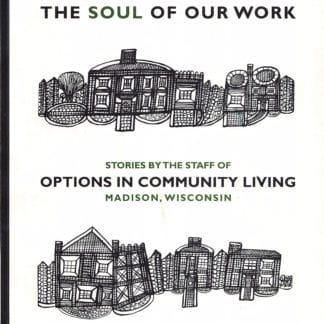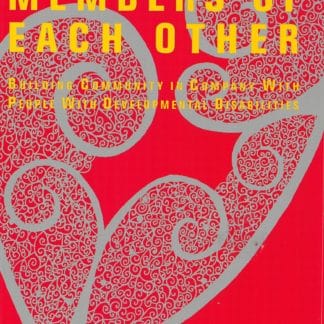A Checklist for Evaluating
Personal Assistance Services (PAS) Policies and Programs
John O’Brien
1992
Effective Personal Assistance Services (PAS) form the foundation for a decent and dignified life for people with significant disabilities and their families and friends. The less effective a community’s PAS are, the greater the number of people who will be forced out of their own homes into nursing facilities and other institutions. The less effective a community’s PAS, the more people will have to curtail their lives to fit the conditions imposed by available assistance. PAS allow people with dis- abilities to contribute to other people and to their communities. This reduces the perception that people with disabilities are a burden to society and that services to them are wasteful. It also allows them to enrich the diversity of their communities by their distinctive contributions.
This checklist grew out of a study with eleven people with significant disabilities who live in Georgia. Together with them, we described the way current policies and programs affect their lives (Lyle O’Brien, 1992). The ten point checklist, used by Simi Litvak, Hale Zukas, and Judith Heumann (1987) to assess the extent to which PAS programs fit the values of the independent living movement, was particularly helpful in making sense of the fragmented, under-funded, and ineffective programs now available. As we talked with more people who rely on PAS, and as we read the growing number of statements that refine disabled people’s demand for effective assistance (summarized in WID, 1991 and CCD, 1992), the number of dimensions of PAS quality increased.
Effective personal assistance services have three essential qualities. They are…
✓ Available to all those who need them on the basis of functional need
✓ Comprehensive enough to offer a genuine alternative to living in a nursing facility or other institution
✓ Controllable by the people who use them so that they can be tailored to fit individual circumstances



